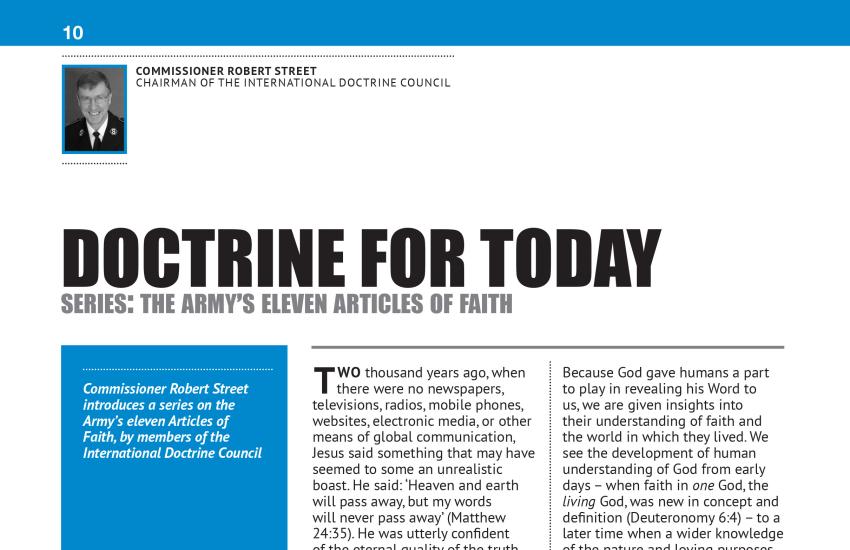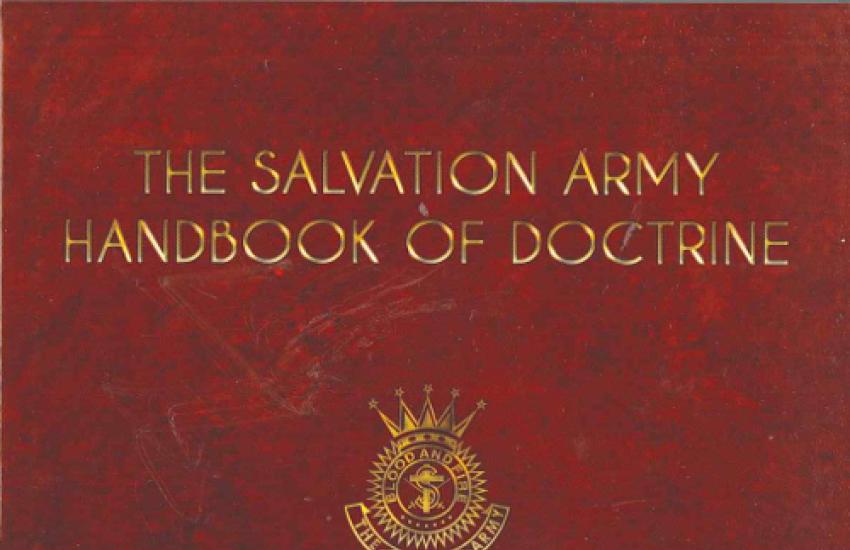Introduction
The Salvation Army believes that people, relationships and the created world matter deeply to God.
As Father, Son and Spirit, relationship is foundational to the essence of who God is and how God seeks to mend brokenness, reconcile divisions and restore unity, peace and flourishing (shalom) throughout the creation.
People are created in God’s image, are perfectly loved by God and along with the created world, declared ‘good’ at creation. A level of authority was granted to people as ‘trustees’ of the created world – to govern, steward and care for God’s creation and the living creatures that inhabit it (Genesis 1:27-31).
However, the Genesis story of creation does not leave people or the world in this perfect state. It outlines the thinking, choices and behaviour of humans that resulted in broken relationships between God, his people and the created world. These broken relationships resulted in divisions and fractured shalom. God’s perfect intent is no longer a reality, and a deficient pattern of thought and action is portrayed as being embedded in humanity. The wounds of this brokenness are felt by all creation, as it groans to be released from the slavery to decay (Romans 8:18-23). It is into this world that God sends the Son and Spirit to mend, reconcile and restore through God’s perfect love.
Therefore, in response to the above and the twofold command to love God and love others, we, as God’s people, firstly seek to live a life in loving relationship with God – declaring that ‘there is only one God, who is infinitely perfect, the Creator, Preserver, and Governor of all things, and who is the only proper object of religious worship’ (Doctrine 2, The Salvation Army Handbook of Doctrine).
Secondly, we determine to live in loving relationship and service to others, so that we will please God by acting justly, loving mercy, and walking humbly with our God (Micah 6:8). This is lived out within the context of seeking to care for the environment we inhabit.
In light of this understanding, those who hold positions of leadership and trust within The Salvation Army will seek to live, minister and govern in ways that excel in their contribution to the love, dignity, well-being and respect due to all God’s children, and the healing and flourishing of all creation. This will bring glory to God, be a worthy offering of worship and build God’s reign on earth as it is in heaven.
Jesus reveals the meaning of God’s reign throughout the gospels, when he forgives, heals, frees, includes, reconciles, teaches and restores abundant life to the people of his time. As disciples of Jesus, we endeavour to continue this work by partnering with the Spirit in bringing God’s transforming rule of love into the world.
We believe that ‘the purposes of God are the final reference point for all human activity’.1 Therefore, in our planning, actions, designs for the future and our governance, we are accountable to God and others. This accountability is not mere compliance, but a drive towards best practice in every area.
Two key outcomes of governance renewal would be to reaffirm God’s purposes for our movement, and to bring a fresh focus on our accountability to God and others in governance practices. We aspire to be a God-centred movement.
The basic meaning of the term ‘governance’ is the rule, control and management of an organisation. The way governance happens is embedded in the organisation’s structure, processes, practices, values, culture and rules. The Salvation Army, in its pursuit of good and godly governance, seeks to ensure that accountability, transparency, equity and inclusiveness, participation, responsiveness, effectiveness and efficiency, and an adherence to the rule of law of the land, are all embedded in its governance.2
These characteristics can be grouped under overarching principles of right relationships, good stewardship, mutual accountability, the use of gifts and spiritual fruit, humble discernment of the key issues and wise decision making.
The Salvation Army Handbook of Doctrine, p 33, 2013, Salvation Books, London
These characteristics (also used as italicised subtitles under the principle headings) are taken from What is Good Governance? (https://www.unescap.org/sites/default/files/goodgovernance.pdf, accessed 06/03/2018), 2009, United Nations Economic and Social Commission for Asia and the Pacific, Bangkok


